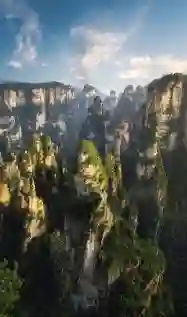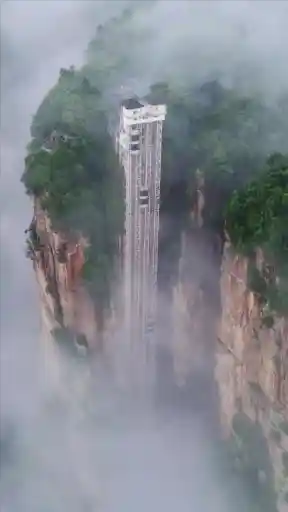
7-Day Dunhuang Tour
Experiencing Dunhuang in the summer can be challenging due to the extreme heat and large crowds. However, winter presents a more favorable option with fewer people and a purer landscape. Here’s why I recommend visiting Dunhuang Scenic Area (敦煌景区) during the winter:
Reasons to Avoid Summer Travel:
- 🔹 Crowds: Summer attracts too many tourists. For example, camel rides at Mingsha Mountain (鸣沙山) can have wait times exceeding 2 hours.
- 🔹 Heat: The desert temperatures soar above 95°F (35°C) during the day.
- 🔹 Tickets: It's hard to get A-category tickets for Mogao Caves (莫高窟), limiting your cave visits.
- 🔹 Food and Accommodation: Restaurants are crowded, and prices are higher. Hotel rates can increase by 2-3 times.
Winter Travel Advantages:
- 👍 Less Crowded: Winter offers tranquility, despite the cold. The average winter temperatures range from 7°F to 41°F (-14°C to 5°C), which is comparable to southern China’s -5°C.
- 🔆 Dry Climate: The dry climate and abundant sunshine make the cold more bearable than in southern cities.
7-Day Hexi Corridor Winter Study Tour
🔹 Meeting Point: Lanzhou (兰州) 🔹 Ending Point: Dunhuang (敦煌) 🔹 Service: Study tour guide + family leader + photographer 🔹 Activities: Over 10 family experiences, including mural copying and bamboo slip making 🔹 Accommodation: 5-star hotels for 5 nights + 4-star hotel for 1 night
Multi-dimensional Family Experiences
- ✔ Hands-on Activities: Make bamboo slips and learn about intangible cultural heritage.
- ✔ Shadow Puppetry: Watch performances by shadow puppet heritage practitioners.
- ✔ Ancient Art: Experience traditional mural copying techniques.
- ✔ Camel Rides: Enjoy camel rides at Mingsha Mountain (鸣沙山) without long waits.
- ✔ Danxia Landform: Access special pathways at the Rainbow Mountains (七彩丹霞) and learn about the geology with a guide.
- ✔ Dunhuang Performance: Watch the large-scale live performance "Encore Dunhuang."
Itinerary:
- D1: Arrival in Lanzhou (兰州)
- D2: Lanzhou (兰州) to Wuwei (武威)
- D3: Wuwei (武威) to Grand Buddha Temple (大佛寺) to Rainbow Mountains (七彩丹霞)
- D4: Zhangye (张掖) to Jiayuguan (嘉峪关) to Jiuquan (酒泉)
- D5: Jiuquan (酒泉) to Dunhuang (敦煌)
- D6: Dunhuang (敦煌) to Mogao Caves (莫高窟) to Mingsha Mountain & Crescent Lake (鸣沙山月牙泉)
- D7: Departure from Dunhuang (敦煌)
Highlights:
- Wuwei (武威): The first successful expansion of China's territory
- Jiayuguan (嘉峪关): A strategic pass in the Hexi Corridor
- Zhangye Grand Buddha Temple (张掖大佛寺): Home to murals older than "Journey to the West"
- Mogao Caves (莫高窟): The largest and most richly endowed classical art treasure in China
- Rainbow Mountains (七彩丹霞): Like a spilled paint palette of the gods
- Mingsha Mountain & Crescent Lake (鸣沙山月牙泉): Experience the sounds of Silk Road camel bells
- Leitai Han Tomb (雷台汉墓): Famous for the "Galloping Horse Treading on a Flying Swallow" artifact
- Jiuquan Museum (酒泉博物馆): Marvel at millennia-old cultural relics
- Tiantishan Grottoes (天梯山石窟): The progenitor of Chinese grotto art
Estimated Costs for the Trip:
- Accommodation: $600 for 6 nights
- Food: $140 for 7 days
- Transportation: $300 (including flights and local travel)
- Attraction Tickets: $120
Total Estimated Cost: $1,160 USD Note: Costs can vary based on meal and accommodation choices and travel timing.






















Comments
Leave a reply